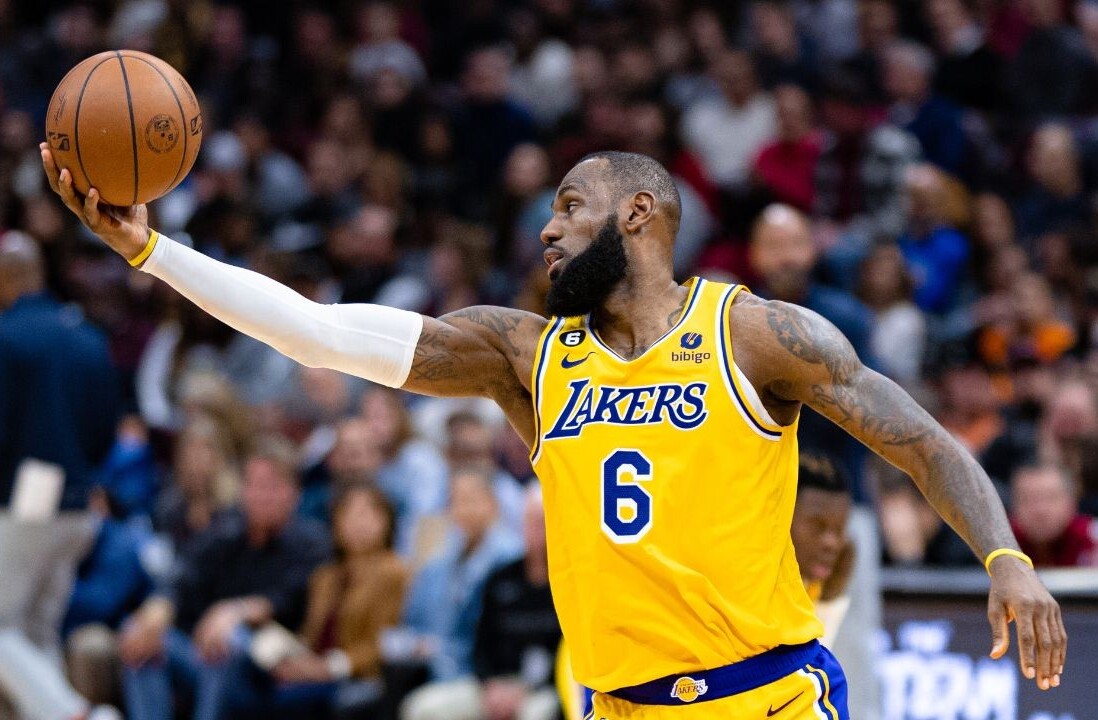
A British R&D unit that’s been compared to DARPA is funding synthetic muscles, electronic skin, and mechanical hands for a robotics dexterity project.
The Advanced Research and Invention Agency (ARIA) today unveiled the 10 teams selected for the programme. Their mission: usher in a new era of dexterity that will transform robotics and human productivity.
Members of the group span startups, university labs, public research organisations, and large companies. Collectively, they will receive £52mn to advance the physical dexterity of robots.
The funds aim to bridge the software-hardware gap in robotics, which has widened during the AI boom.
Robot bodies now lag behind advances in computation. Their failure to match the flexibility, speed, and precision of humans has severely restricted their use.
Algorithms, meanwhile, are rapidly reaching new levels of intelligence. ARIA wants the hardware to catch up.
The agency argues that there’s a pressing need for progress. The proportion of the global population aged over 65 is set to triple by 2100. At the same time, labour shortages for physically demanding jobs are increasing. Robots could provide essential support.
The robotics teams
Members of the programme have proposed diverse solutions to the challenge.
Arthur Robotics, a startup based in London, wants to commercialise an mechnical hand inspired by biology. Focused on manufacturing, the motorised limb blends soft, deformable contact surfaces with rich tactile sensing and reinforcement learning.
Startups from outside the UK are also contributing. Denmark’s Pliantics will create soft linear actuators, which will serve as “artificial muscles” that enhance a robot’s physical interactions. Another set of artificial muscles will be built by Artimus, a US company, alongside researchers from the University of Bristol.
Nicholas Kellaris, the co-founder and Chief Research Officer of Artimus, praised the project’s emphasis on cooperation.
“This programme is unique in how it encourages and actively facilitates collaboration amongst creators at all levels of development, from fundamental hardware to the simulation, integration, and validation of full solutions,” he said. “We’re thrilled to have the opportunity to [join] this multi-level and cross-disciplinary approach.”
The ARIA model
Established in 2023, ARIA funds “high-risk, high-reward” research. The strategy has drawn comparisons to DARPA, a US Department of Defence agency that develops emerging technologies.
The Pentagon unit has been involved in a variety of transformative innovations, from the internet and GPS to stealth technology and autonomous vehicles.
At ARIA, a diverse array of projects is already underway. One unveiled last year plans to provide “quantitative safety guarantees” for AI with digital gatekeepers. Another aims to create early warning systems for climate tipping points. A third looks to nature to train AI at 0.1% of the cost.
With the arrival of the robotics dexterity teams, ARIA is now adding futuristic hardware to its labs.
You can find the full list of the concepts in the programme here.
Get the TNW newsletter
Get the most important tech news in your inbox each week.




